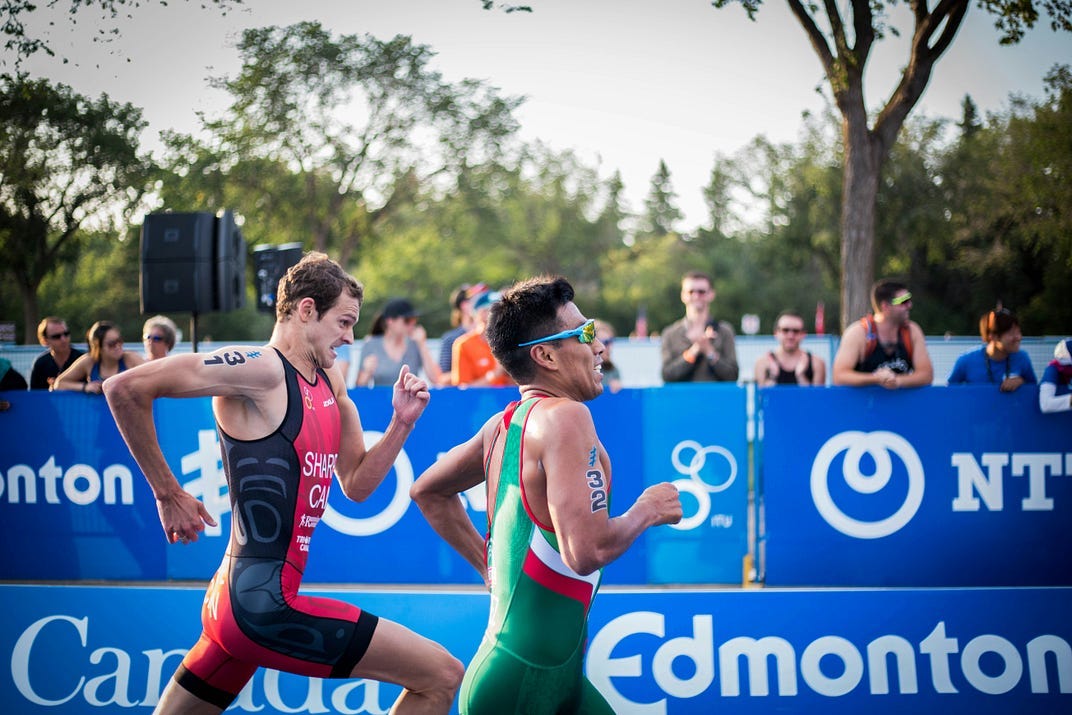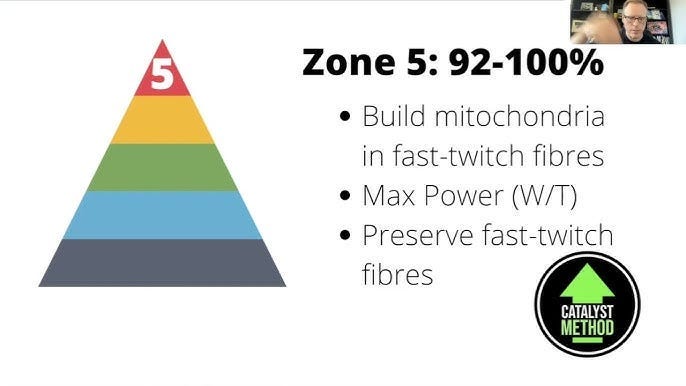Everyone Talks About VO2 Max As the Best Indicator Of Overall Fitness. Here’s How To Maximize It
This is a structured way to improve your overall fitness

I’ve been training for the bulk of my life with different fitness goals.
It was first to increase my fast twitch muscles so that I could sprint fast, change direction quickly, and jump higher, which would be helpful during my Volleyball competitions. When National Service (NS) came, my fitness goals shifted towards being able to increase my endurance, be it in my long runs, fast marches, etc.
But now my goals are completely different — my goals are mostly about longevity.
To be able to run long distances, and build a functionally strong body and mobile body even as I get older. Although I’m not sure how things will pan out in the future as I age, I’m determined to get there as I train for the long term.
This is where VO2 max training comes in.
VO2 max is usually referred to:
“the maximum rate at which your muscles can extract oxygen from your blood and put it to metabolic use to generate energy.”
Many health experts treat VO2 max as the “gold standard measure of overall fitness”. And if you look at VO2 max in relation to all-cause mortality, health experts found that:
Simply bringing your VO2 max from ‘low’ (bottom 25th percentile) to ‘below average’ (25th to 50th percentile) is associated with a 50% reduction in all-cause mortality.
So if you can add in some Zone 5 training to boost up your VO2 max number, why wouldn’t you?
When Does VO2 Max Training Matter?
As a rule of thumb, introducing VO2 max training at the start of your training isn’t that much of a priority yet.
Imagine your fitness health as a pyramid, you’ll need to build up a strong foundation so that whenever you want to make improvements to any parts of your health, you can simply “stack” on other training mechanisms to improve your fitness health.

The foundation of your fitness health usually comprises a ton of Zone 1 and Zone 2 (mostly) training which helps to build your aerobic base. Once your aerobic base is strong enough, it usually means that your body is strong enough to:
Burn fat for fuel
Supply oxygen to working muscles
Maintain a faster pace for longer durations
Over time, this strategy helps runners at levels run faster and farther at a lower level of perceived effort.
That’s when you start “stacking” up the pyramid and add on other forms of training such as your Zone 3 to Zone 5 training. But in general, once your Zone 2 aerobic base is strong enough, you should be able to start with your Zone 5 anaerobic training
How Does This Play Out In Runs?
As I’ve been running more consistently for the past few months, I’ve been figuring out a way to improve my VO2 max.
And if you’ve run long enough, you’ve probably heard of terminologies such as tempo runs, threshold runs, interval runs, etc. But what should you start with first?
For me, I’ve added tempo runs to my workout mix.
The reason is zone 2 training and zone 5 training differs in the way energy is being used up. In Zone 2 training, you’re using oxygen which is freely available to use, whereas for Zone 5 training, you’re using glycogen which has a finite amount stored up in your body. Therefore, studies show that you’ll naturally run out of steam as you cross your aerobic threshold.
So if you want to increase your aerobic threshold, you’ll need to push your body past that threshold so that you can run faster with less effort over time.
But of course, don’t completely throw your easy runs and long runs out of the window. You’ll still need to incorporate them each week to build continue maintaining and building your aerobic base for longer distances.
How I’m Incorporating Them Into My Training
Disclaimer: I am by no means an expert in this subject. What I’m sharing here is simply my learnings, my experiments with this particular style of training and hopefully, I get to achieve my results while helping you readers do the same along the way. So take this read however you want.
Since I’ve been building my aerobic base up pretty consistently for the past 3–4 months, my body has been feeling the urge to run at a faster pace, be it introducing tempo runs or interval training into my workouts.
As my goal is to run a faster 2.4km since I’ll need to complete my yearly IPPT as part of my NS requirement, I’ve been adding tempo runs into my workout and I’m seeing these results thus far:
I’m running at a faster pace in my long runs with the same heart rate
I can hold the threshold pace for a longer period
Longevity expert, Peter Attia, recommends incorporating the following Zone 5 cardio into your workout mix.
It’s essentially a 4×4 protocol consisting of:
4 minutes of the highest intensity, sustained exercise followed by 4 minutes of recovery
Repeat this 4–6x
This should bring your heart rate into that Zone 5 range. If you’re unsure of the pace with which you should be aiming, you can refer to this training pace calculator which will provide you with effectively everything you need for any type of runs.
Rounding Everything Up Together
Improving your VO2 max metric isn’t easy.
It takes a ton of consistency mixed with different levels of discomfort that come from your different zone training. Zone 2 training might seem simple but the discomfort comes from wanting to speed up all the time. As for Zone 5 training, the discomfort comes from trying to maintain that fast pace for a “long” time.
But similar to all the fitness goals out there, the key is to be consistent and show up for every training session as you’ve planned.
Doing that already conquers half the battle.
Want to know about experiments with Hybrid Training?
I’m Maguire, a hybrid athlete incorporating runs and functional training and I love experimenting with Fitness. I write about engineering and fitness. If you’re interested, join my newsletter to learn more about my experience with my fitness experiments!
🤓 Check out my other social links here.



